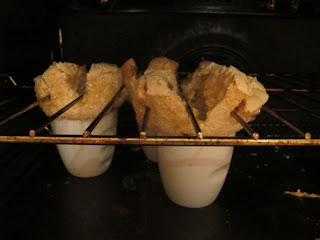I once woke up with a hangover and a ticket to LA. I was freeing my soul up north with Emily Bronte’s spirit, and a sexy Mexican-American I’d picked up along the way. Yes, at this point I’d been fired from my job, it was whilst wearing red plastic flip-flops because I’d lost my shoes at some point in the rather crazy weekend before. I’m not sure I can complain, but I definitely needed some good R ‘n R and maybe some fish ‘n chips. I’d gone to visit my aunt in the brisk seaside town of Scarborough with the sense that some salty air and Northern grit would do me good. After a muscle-wrenching coach journey I was ready for anything, except what was about to happen. Needless to say I don’t remember much of that night, it was a typical Northern night after all. My mind can only grasp at hazy flashbacks of emos belting Coldplay and weathered old regulars in smokey pubs. I’m fairly certain we walked out of the late-night Chinese restaurant without paying and carrying a small fish from the aquarium. During the course of this mindless and surreal night, after the exploration of the fairground on the peer, but before misguided whelk eating, I agreed to go to LA.
The morning-after I needed a hangover cure. My cure of choice is usually an avocado wrap from the first sandwich shop I stumble across. There’s something about avocado that makes me feel like I’m eating pure goodness, replenishing everything my body lost the night before. It’s buttery soft, even creamy, but full of good oils. However, for want of a sandwich shop I picked up a couple of avocadoes myself and scurried away from the migraine-inducing seaside light into the kitchen. There I discovered… nothing, apart from a few odds and ends that I managed to transform into this recipe.
 |
| The Ingredients |
Why make an avocado into chocolate mousse? Well, it works! It creates a smooth rich texture, which balanced out with the bitter cocoa powder in the recipe. The slight hint of avocado, intense cocoa and sweet strawberries makes this recipe cleansing for body and mouth. You could probably smother it all over your face and it would still work.
Definitely the kind of pick-me-up you need with a two-month ticket to LA, a £500 hole in your pocket and a disheveled stomach.
















